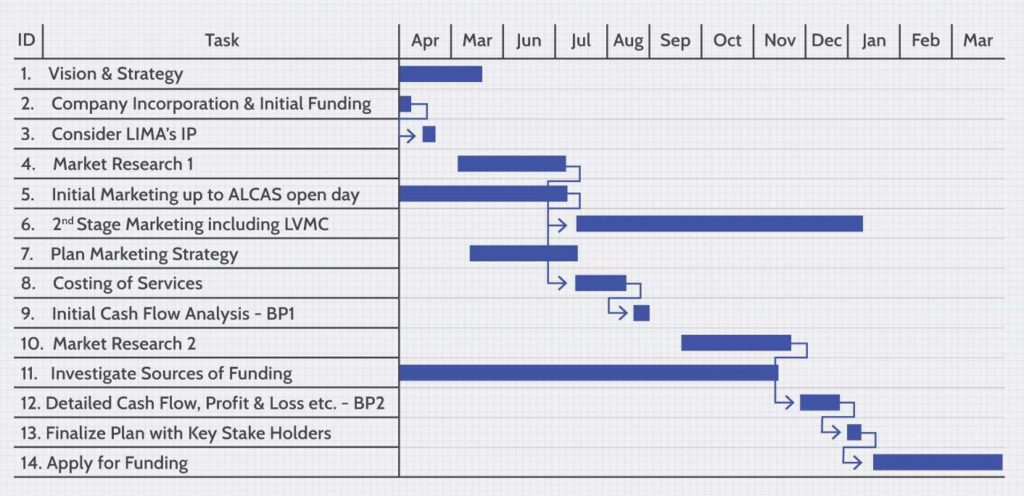Civil Engineering projects involve complex contracts, and it is essential that these contracts are drafted accurately and reviewed regularly. Failing to put the necessary measures in place to protect the interests of all parties involved can open the project up to costly legal disputes. In this blog article, we will look in greater detail at the conditions of contracts, discussing the requirements that must be included, outlining common mistakes to avoid, and recommending best practice approaches for civil engineers.
In contracts, the following aspects are covered
One of the most important aspects of any contract is the identification of the parties involved. The full legal names and addresses of both the client and contractor should be included, along with any relevant contact details. It is also essential to identify the project site, specifying the exact location and address. This will ensure that there can be no misunderstanding about the scope of work covered by the contract.
Another key element of contract law is the delineation of the work to be carried out. The contract should specify in detail the tasks that the contractor will be required to complete, as well as any deadlines that must be met. For civil engineering projects, it is also important to include provisions for the approval of work at various stages. This will help to avoid disputes about the quality of workmanship and ensure that the project stays on track.
In addition to these basic requirements, several other clauses should be included in civil engineering contracts. These include provisions for changes to the scope of work, payment terms, liability and insurance, and health and safety. Including all of these clauses will help to protect the interests of both the client and the contractor and ensure that the project runs smoothly.
mistake to avoid is failing to include a
One mistake to avoid when drafting a contract is failing to include a clause specifying the governing law. This clause will ensure that any disputes that may arise will be resolved by the laws of the jurisdiction in which the contract was signed. Without such a clause, the parties would have to resort to lengthy and expensive litigation to resolve any issues.
Another common mistake is neglecting to review the contract regularly. As the project progresses, the needs of both the client and the contractor may change, and the contract must be updated to reflect these changes. Failing to do so could lead to disputes about the scope of work or the payment terms, and could ultimately result in the project being delayed or canceled.
It is also important to avoid making any changes to the contract without the agreement of all parties involved. Any amendments to the contract should be made in writing and signed by both the client and the contractor. Otherwise, there is a risk that the changes will not be legally binding and could lead to disputes further down the line.
When it comes to civil engineering contracts, several things must be taken into consideration to ensure a smooth and successful project.


